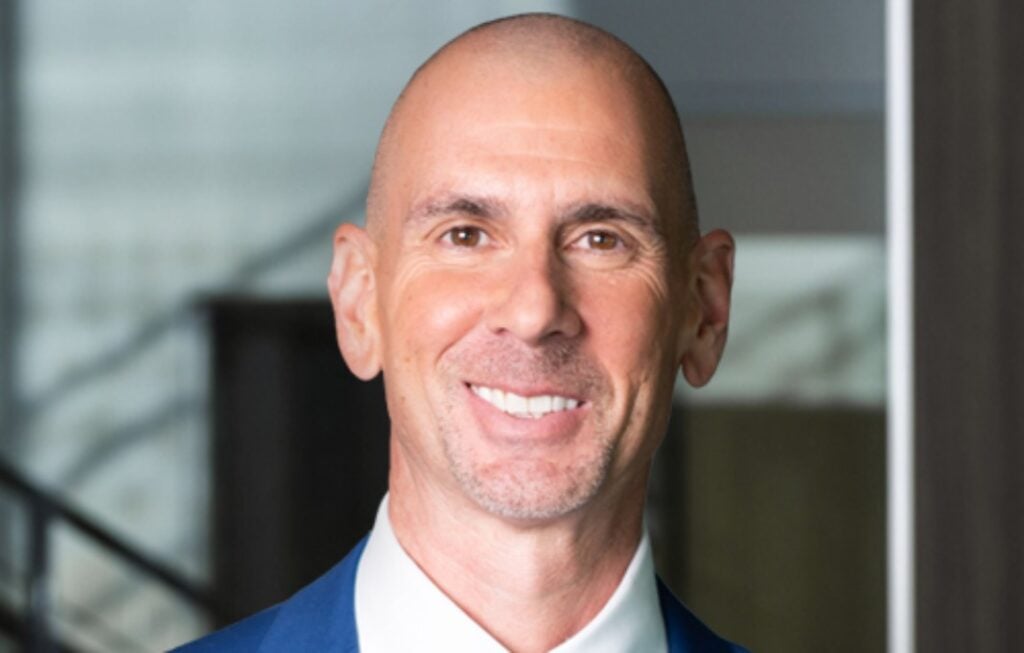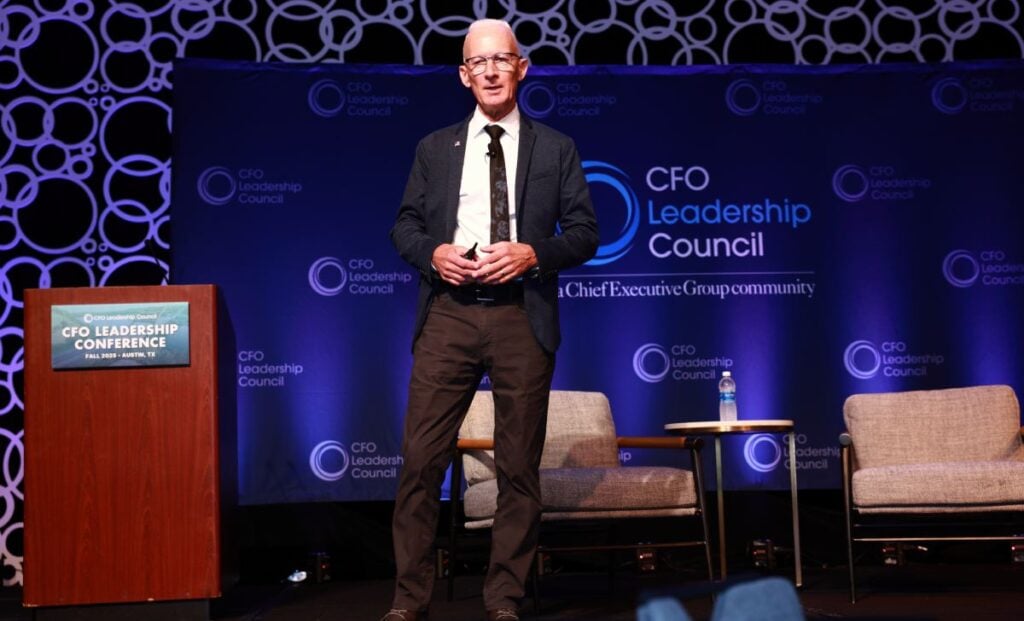The live entertainment industry is not for the faint of heart. The CFOs of these businesses face fickle consumer tastes, intrinsic operational hazards and the need to develop innovative ancillary revenue streams
To learn how finance chiefs in this sector manage the unpredictability, we interviewed Aleksandra Szuszkiewicz, head of finance for Salt Lake City-based Live Nite Events, an entertainment company that produces mid-to-large-scale concerts and music festivals.
Aided by her private equity background, Szuszkiewicz orchestrates sophisticated financial frameworks for high-risk, capital-intensive entertainment ventures with complex cash flow dynamics. She spoke with us about funding structures, risk management frameworks and value creation outside the core product.
Your work involves implementing institutional-grade financial frameworks in the entertainment sector. What specific capital structuring innovations have you developed that could benefit CFOs managing businesses with similar cash-flow volatility or seasonality challenges?
In the entertainment sector, especially festivals, capital needs are both cyclical and unpredictable. To manage this, I developed a hybrid capital deployment model, a two-fund framework that separates operational liquidity from strategic growth capital. This approach directly addresses a critical issue many CFOs in seasonal businesses face: the temptation to divert strategic growth funds to cover operational gaps.
The model consists of two distinct structures. The operational fund [uses] conservative, low-cost debt instruments to support near-term working capital needs like vendor payments, artist deposits and marketing campaigns. The growth fund is primarily capitalized through equity to pursue strategic expansion, brand partnerships and innovation initiatives.
This approach is effective because it imposes governance discipline. By establishing separate decision-making protocols and performance metrics for each fund, we’ve created financial guardrails that prevent short-term pressures from compromising long-term value creation.
CFOs in industries such as hospitality, retail, agriculture or seasonal manufacturing can adapt this model to ensure that core operations remain properly funded throughout their business cycles. Concurrently, the organizations maintain the financial flexibility to capitalize on strategic opportunities.
You’ve written about downside protection mechanisms beyond traditional insurance models. How do you approach quantifying and mitigating existential vs. operational risk, and what methodologies could translate to other industries?
In the festival industry, I’ve developed a two-tier risk framework that distinguishes between operational and existential threats, a distinction I believe is valuable for CFOs across sectors. I build on this framework by approaching each type of risk with a distinct mitigation strategy.
Operational risks, such as production delays or weather-related disruptions, are quantifiable and can often be managed through forecasting models, contract flexibilities and contingency reserves. For instance, we redesigned some artist contracts with performance-linked tiers and exit clauses to minimize exposure in the event of cancellations.
Existential risks, by contrast, demand a more strategic and long-term response. In the live entertainment sector, these risks often arise from reputational damage or shifts in regulatory requirements. Mitigating them requires scenario planning, brand resilience strategies and proactive positioning to ensure the organization remains relevant and compliant even as external conditions change.
One of the most underused tools is brand equity diversification. If the core offering fails, do you still have community engagement or IP monetization to rely on? Industries undergoing rapid disruption, such as fintech or travel, could benefit from this layered approach, which quantifies direct risks while modeling intangible ones through stakeholder mapping and resilience scoring.
This layered approach provides a comprehensive framework for risk management. The goal isn’t only to protect current assets but also to ensure organizational adaptability in the face of unprecedented challenges.
‘Rather than viewing ancillary [revenue] streams as supplements to the core business, I evaluate them as distinct value centers with their own growth trajectories and strategic importance.’
How does your background in private equity inform your approach to revenue diversification and ancillary monetization strategies? What metrics do you employ to evaluate potential secondary revenue streams?
My background in private equity has taught me to think in terms of value creation beyond the core product. Rather than viewing ancillary streams as supplements to the core business, I evaluate them as distinct value centers with their own growth trajectories and strategic importance.
In the festival industry, we’ve moved beyond traditional reliance on ticket sales, which are inherently seasonal and margin-constrained, to develop scalable, brand-aligned revenue channels. They include media licensing, merchandise partnerships and experiential programming. These aren’t afterthoughts; they’re central to our financial architecture. When evaluating these opportunities, I apply metrics like customer-acquisition-cost to lifetime-value ratios, recurring revenue potential and brand equity multipliers.
For example, we launched a co-branded travel package that bundles flights, hotels and VIP access. It had a higher margin than the ticket itself and reduced churn in our loyalty programs. The key is to build monetization pathways that not only boost margin but also deepen brand engagement.
CFOs across sectors, from sports to content streaming, should prioritize monetization models that transform users into ecosystem participants. The PE lens helps me stress-test these ideas before execution: if an idea can’t scale or drive long-term value, it’s not a revenue stream; it’s a distraction.
Many industries, including the live entertainment sector, are experiencing increasing consolidation. How should CFOs structure their financial operations and reporting to maximize valuation multiples and appeal to strategic acquirers?
In the live entertainment space, we’ve seen a dramatic shift in what acquirers value. Beyond EBITDA, strategic buyers now prioritize operational scalability, data visibility and audience engagement metrics indicative of growth potential.
To optimize for this environment, I’ve restructured our financial operations in three key ways. First, we’ve enhanced our reporting to include segment-level margin analysis, cohort-based audience metrics and detailed visibility into our contract pipeline.
Second, we’ve transitioned from legacy P&L reports to dynamic dashboards featuring forward-looking KPIs, such as sponsor renewal probabilities, customer lifetime value projections and yield-per-attendee trends. Third, we’ve implemented what I call “acquisition-ready infrastructure”—standardized processes, clean data architecture and technology systems designed for seamless integration.
A deliberate approach to operational design significantly reduces integration risk for potential acquirers, often translating to premium valuations. Making your business easier to plug into a larger ecosystem, both operationally and financially can increase valuation multiples even if your topline growth is modest.








